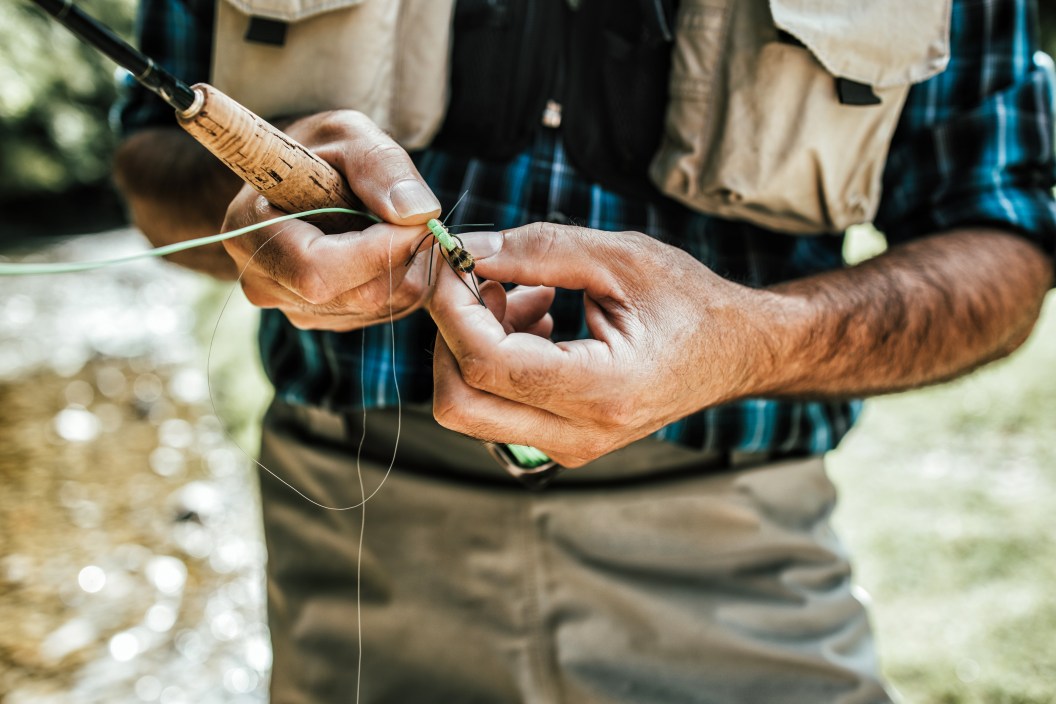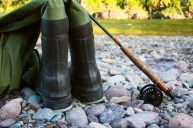When you go fly fishing, your gear requires care. In 2023 so far, my work as a fly fishing photographer and angler has had me chasing yellowfish in Lesotho, Mahi in Mexico, sea-run brown trout in Iceland, golden dorado and pacú in the Bolivian Amazon, tarpon and permit in Belize, striped bass in Massachusetts, steelhead in Idaho, and trout right here at home in Montana. Each fishery requires its own set of gear, and each fish puts wear and tear on my fly fishing equipment.
As such, I go through a thorough cleaning routine after I return from every trip, whether in fresh water or saltwater. As many northern fisheries wrap up their season, the same tenets also work well for end-of-season fly fishing gear maintenance. A cleaning and maintenance schedule will help ensure you're getting the most out of your expensive gear such as fly rods, and that you're ready for whatever trips are coming up on the calendar. Here's a simple protocol to follow to make sure your gear stays in good shape and is ready for fishing adventures next season.
1. Rinse, Wash, and Dry
After every trip, I rinse or wash all my gear, then dry it carefully.
- Rinse waders and boots in the shower, then hang them to thoroughly dry before sending them back into storage. (This is a great time to check for leaks or seams that are showing wear.)
- Wipe down fly rods, with special attention paid to the cork and ferrules. Remove grit from beneath the reel seat.
- Disassemble and oil reels. Make sure to remove all grit, dirt, and sand. I always dial the drag back to zero when not fishing to remove any additional pressure from the inner workings of the reel.
- Rinse off bags, packs, and any sort of gear that is now coated with mud or salt spray. Thoroughly dry before moving to storage.
Jake Palmer, who guides trout in Montana and steelhead in Idaho for the Clearwater Steelhead Syndicate, pays extra attention to his wader care at the end of the season.
"At the end of wader season, I've found out just how important cleaning and storing waders is to the length of the life of the wader," he notes. "The first thing to do is let them dry out, all the way inside and out. Then I take a soft bristle brush like a toilet cleaning brush (new, not used ... obviously) and I mix vinegar and water at about a 3-to-1 ratio. Then brush the insides and out of the waders. Let dry in the sun if you can and fold them up without folding the booties. Done."
2. Care for Your Fly Line
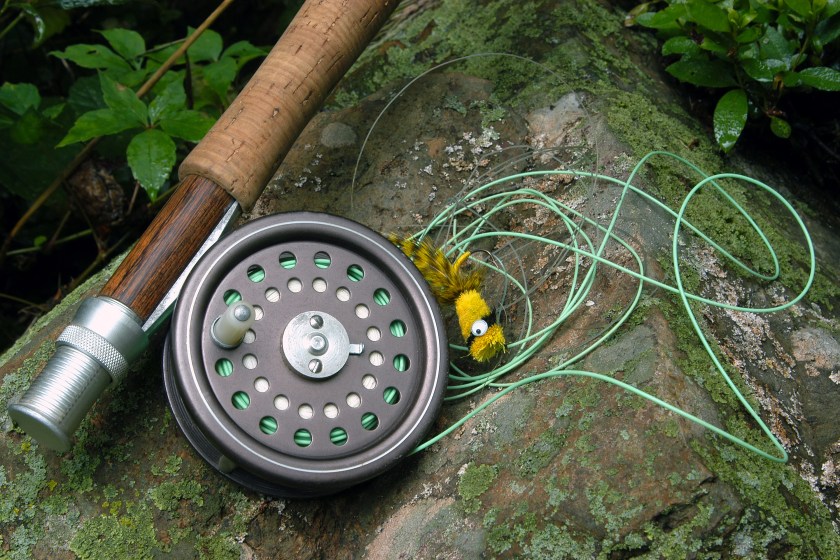
Getty Images, page
Our fly lines often receive a lot of abuse and very little love. They're a key component of a successful day on the water, and it's well worth spending a little extra time caring for them.
After every trip in saltwater or the jungle, and a couple of times a season for trout fishing, I give my fly lines a thorough wash and reconditioning. You don't need fancy supplies; I simply unspool the line into my kitchen sink.
- Rinse with warm water.
- Add some mild dish soap and suds everything up.
- Rinse multiple times until the water is clear. Dry thoroughly.
- Consider adding a line conditioner, which can extend its life.
- Washing your lines is a great time to check for cracks in the line coating or other potential issues before they become a significant problem.
I like to keep all my lines not currently on reels wound loosely and stored in labeled, gallon-size Ziplock bags. This makes for compact storage and easy identification. With more than 15 different lines on hand at any given time, this is a great system to keep things organized and make line changes on reels as painless as possible.
3. Care for and Organize Flies
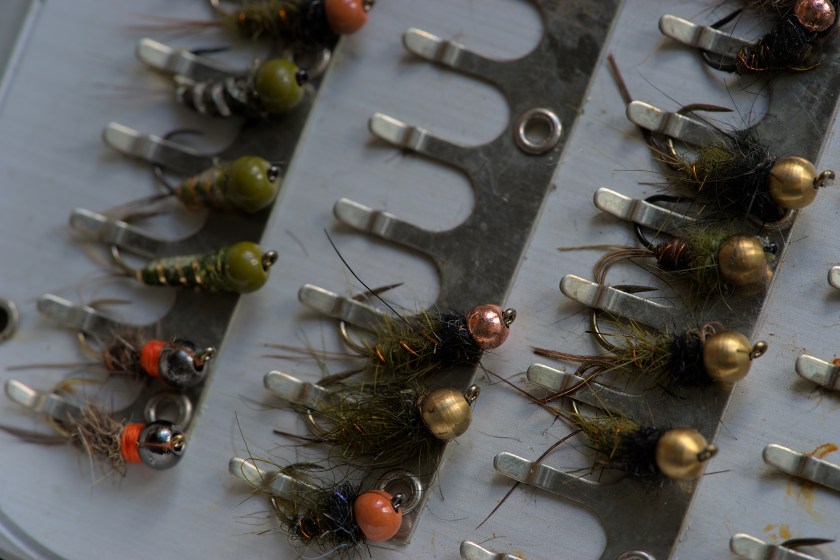
Getty Images, Frederick Hodiesne
Any flies that have been used in saltwater are rinsed, then soaked in fresh water for good measure, and set out to dry thoroughly before going back in the box. (Don't put a salty fly in your box without rinsing; that's a great way to rust out your entire fly box.)
At the end of every season, I'll do an inventory on all the fly boxes—saltwater, freshwater, jungle, bass, poppers, dries, nymphs, and more—and see what needs to be re-tied or replaced. Streamers that look particularly scraggly will get a good combing to ensure they still hold a profile in the water. I'll sharpen hooks on flies that have seen hard use, ensure barbs are pinched down on everything, and make plans to refill boxes as needed.
4. Patch Waders, Boots, Jackets, and More
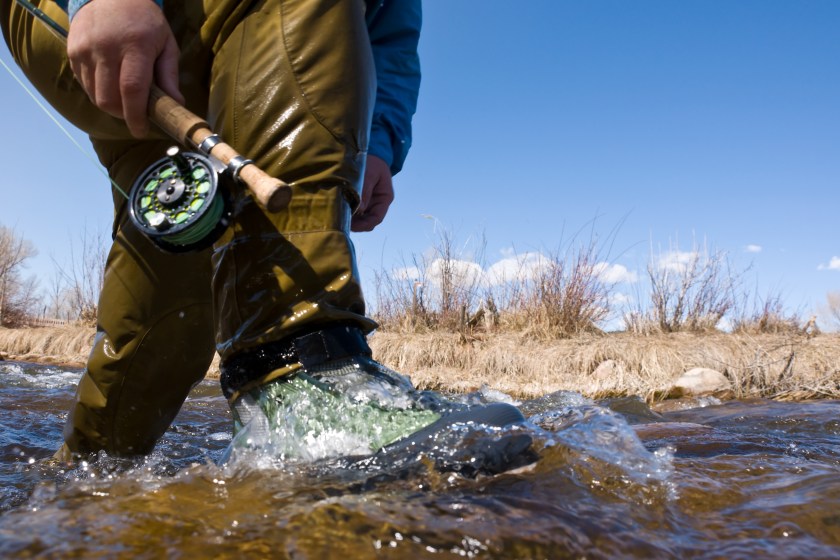
Getty Images, Adventure_Photo
As much as we don't like to hear it, waders, boots, jackets, and our fishing clothing all have an expiration date as well. At the end of every trip, I'll rinse off gear and do a quick check to look for any points of possible failure—seams beginning to fray, holes starting to wear in Gore-Tex, laces on boots that are about to snap—and repair where needed.
A couple times a year, I'll do a more-thorough check, patching possible wear spots in my waders and noting how much longer each piece might have. (Don't try to push leaky gear; I did this with my wading jacket in Iceland this winter and was markedly damp during a wet week of sea trout fishing.) Note what might need to be replaced, and keep an eye out for good sales where you can pick up new gear.
5. Reorganize and Repack for the Next Trip
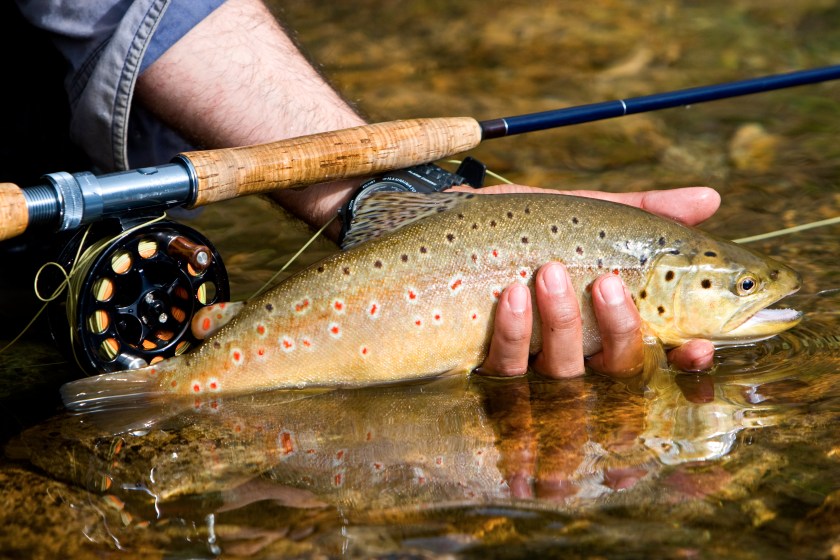
Getty Images, Marcelo Dufflocqw
Once the gear has been cleaned and any necessary maintenance is wrapped up, it's time to stow gear away. I like to keep waders either rolled or hanging (spare pairs are usually rolled, and my current working pair hanging); and wading boots are stowed away in a safe place where nothing will be pressing against them (that helps them hold their shape).
Most importantly, I'll ensure items are organized, so when a short-notice job comes up and I need to grab gear, I can do so with minimal worry. I like to organize by fishery type: tropical saltwater, cold saltwater, jungle; and then trout is broken into streamers, dries, nymphs, and terrestrials. Rods are stowed either in their tubes or in a rod organizer case, and reels go either in their boxes or in the same case.
However you choose to organize your gear, keeping a basic schedule for assessment, repair, and maintenance can help limit gear failures on the water and ensure you're getting the best performance from your equipment.
READ MORE: After Fly Fishing In Remote Alaska, These 9 Essentials Proved Worth Lugging Along
